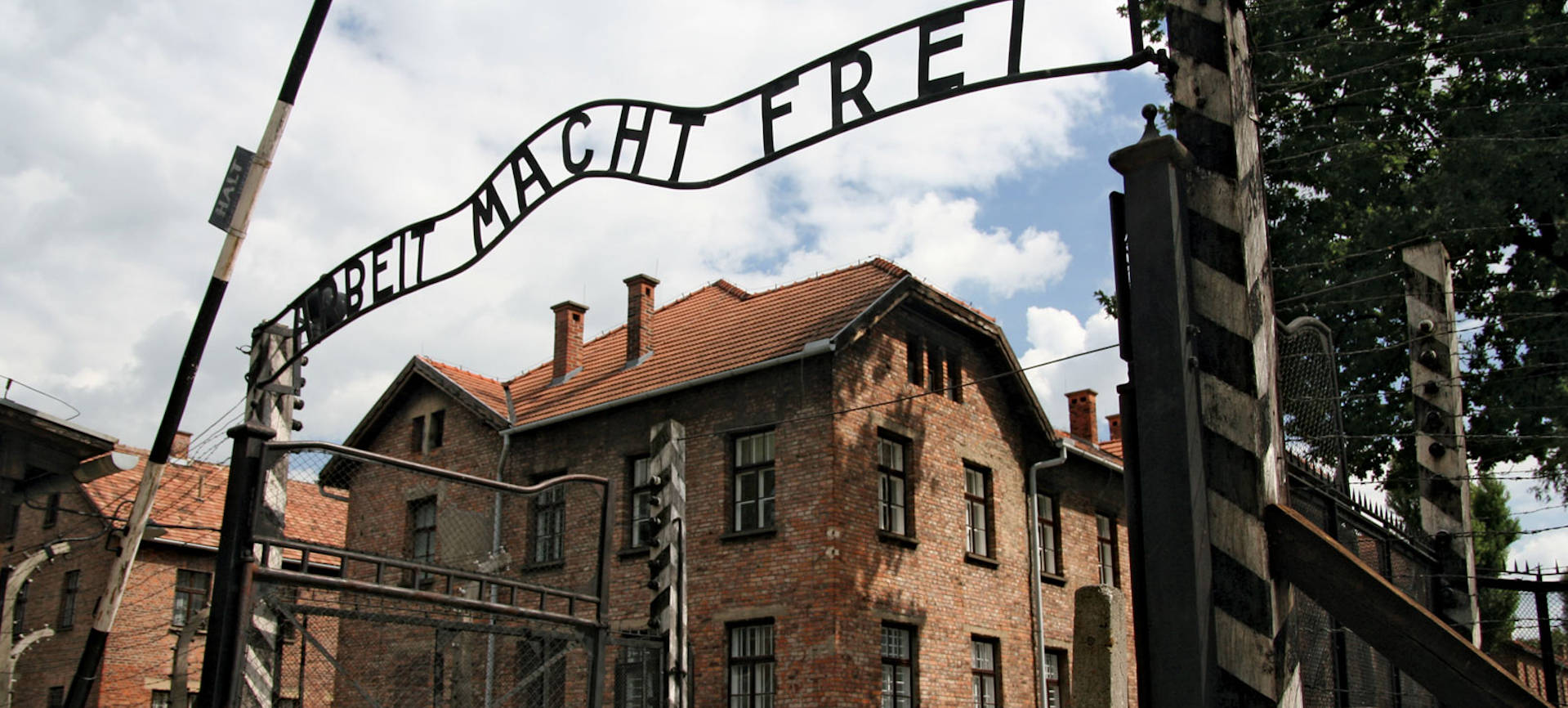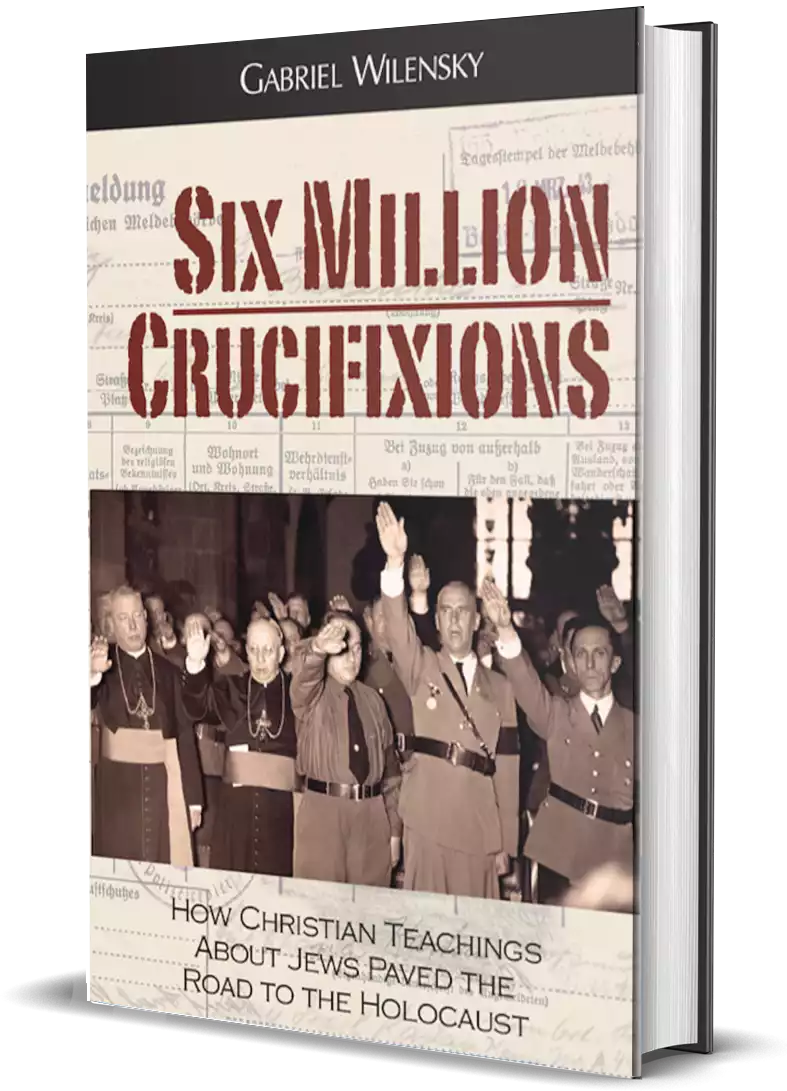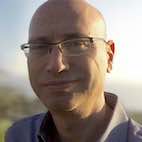Auschwitz-Birkenau
Auschwitz-Birkenau was the largest and deadliest of the 20,000 concentration camps established by the Germans during World War II as part of their effort to exterminate the Jewish people. It was located in Poland, next to the Polish town of Oswiecim. It consisted of a network of camps that included concentration, forced labor and extermination facilities. About 1.1 million people perished at Auschwitz, of which about 90 percent were Jews.
Auschwitz Concentration Camp
Auschwitz was a network of concentration camps. Auschwitz I was the first and base camp. Auschwitz II, also known as Birkenau, was the extermination camp. Auschwitz III or Monowitz was a labor camp. There were also dozens of other satellite camps. The Germans put the SS in charge of this and other extermination camps.
Most of the Jews exterminated at Auschwitz died in specially constructed gas chambers, but many died of starvation, disease, brutal treatment, exposure, executions and “medical” experiments.
“Most of the Jews exterminated at Auschwitz died in specially constructed gas chambers, but many died of starvation, disease, brutal treatment, exposure, executions and “medical” experiments.”
During 1944, when the Germans began deporting the Jews of Hungary to Auschwitz, the Germans exterminated over 10,000 Jews every day. The industrial crematoria set up next to each of the various gas chambers were not able to dispose of so many corpses so the Germans began burning corpses in open-air pits.

During 1944, when the Germans began deporting the Jews of Hungary to Auschwitz, the Germans exterminated over 10,000 Jews every day. The industrial crematoria set up next to each of the various gas chambers were not able to dispose of so many corpses so the Germans began burning corpses in open-air pits.

Grab Your Copy Today!
Six Million Crucifixions
Traces the history of antisemitism in Christianity and the role that played in making possible the Holocaust.
Want to stay informed about the topic?
Subscribe below.

